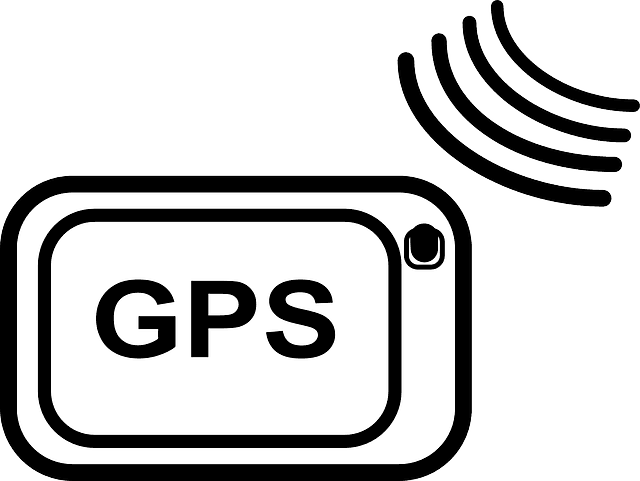While GPS is important in our daily lives, we rarely think of how it works on our vehicles or motorbikes. GPS is a collection of many satellites positioned in different parts of the world. Their main purpose is to send or receive data from receiver devices. As a GPS user, you may decide to buy a GPS receiver module that reads and translates the information from the satellites for you. These modules are known as the receivers. These GPS receivers can be used anywhere, including on the phones and other electronic devices. The receivers are the ones that relay data of the exact location from the satellite to the device to know how you are moving. So, how does a GPS receiver work? Read on for more!
How does GPS work on a motorbike?
GPS works in a very simple manner. It receives signals from satellites that are placed very high above the ground. To use it effectively, you need to analyze the time taken before the signal reaches the system. This is what helps in determining your exact location, using a satellite that sent the accurate signal. Now that the position of the satellite sending the exact signal is known, GPS tells of the location and thus your location.
How does a GPS receiver work on a motorbike?
Motorcycle GPS receiver comprises of three parts, which are the signal receivers, satellites, and ground stations. Satellites are placed at targeted locations to be able to send signals so that one can know where he/she is at a given time.
When it comes to ground stations, they use a locator to make sure that they remain at the required position. This is to make sure that the signals are sent and received as they should.
Just like your phone, a receiver is the one that keeps listening to signals being transmitted from the satellites. The receiver is the one responsible to determine how far you are or how far a satellite is far from the other.
GPS sends special signals from the satellite and is processed by the receiver. The receivers not only analyze the exact site but also calculate time and speed. The best GPS tracker device has receivers that can calculate positions in three ways using four satellites. The space part of the system has twenty-seven earth paths, known as orbits. Twenty-four of them are operational while the other three are optional. These satellites move around the globe 12 hours to generate signals received by the receiver.
The job of the receiver is to trace at least four satellites, compute the distance between each and use the data to give the right location. Once the receivers get the right location, it sends the data to the system for the right action to be taken.
The system has ground stations that track signals that come from satellites orbiting around the globe. Once you get these signals, and since you have GPS receivers, they are now able to convert the signals from the satellite. This helps in giving the actual location, time, and speed that the bike is moving. Whether you are miles away, up in the sky or hilly places, your location will be known very accurately.
Start times
Ever heard of start times? Well, GPS receivers have start times. Some modules use the battery while others use a capacitor to save power for the module. If the modules have enough power, you can easily know where they are at any time. If you move further and the GPS fails to know, you may need to replace the module. Also, in case the battery runs out, you also need to replace it. That is why the start time is important. If you need to share information, you need to use a GPS receiver Bluetooth so that all the data is not lost. Also, you may decide to make good use of a GPS receiver USB to store important data. In case you lose your bike, you may use that information to know where you had last seen it.
When on a motorcycle, the GPS may influence the networks offered to improve the performance and accuracy of the receiver. In short, as long as you have the right GPS receiver, the accuracy will remain high.

